If you’ve ever felt frustrated by the lack of electrical outlets in your home or discovered there’s nowhere to plug in that new gadget you’ve just brought into your living space, it may be time to consider installing additional powerpoints.
Powerpoints, alternatively known as electrical outlets or sockets, function as a bridge, connecting your appliances to their lifeblood—electricity. While installing powerpoints is often the domain of electrical experts, you can successfully undertake this task yourself with a dash of know-how and a sprinkle of determination.
This comprehensive guide will help you navigate self-installing powerpoints at home, ensuring a safe and efficient process.
1. Safety Is Paramount
Before installing powerpoints at home, you must ensure you have turned off the power to the area where you’ll be working to prevent the risk of electric shock. You can turn off the power with a circuit breaker at the main electrical panel or use your home’s circuit breaker box.
For additional safety, you may use a non-contact voltage detector to ensure no power remains in the circuit. Before you embark on powerpoint installation, ensure the tools you’re using are specifically designed for electrical work and are in good condition for installation.
If you are not experienced or confident in electrical work, contact professional electricians to help with the general process or to smoothen any rough edges. They have the expertise to handle the installation safely and comply with proper electrical standards.
2. Type Of Powerpoints
Powerpoints come in various types designed for specific needs and conditions. Here are some common types you may come across:
- Standard Powerpoints: These are the most common outlets found in homes and offices. They typically provide a 120V (in the US) or 230V (in most of Europe, Asia, Africa, and Australia) power supply for everyday plug-in devices.
- Weatherproof Powerpoints: These are designed for outdoor use. They are built to withstand different weather conditions, offering added protection against moisture and dust.
- USB Powerpoints: These outlets come with built-in USB ports, allowing you to charge devices like smartphones and tablets directly without needing an adapter.
- GFCI Powerpoints: Ground Fault Circuit Interrupter (GFCI) outlets are designed to protect against electric shock. They’re usually used in areas where water is present, like bathrooms or kitchens.
- Surge-Protected Powerpoints: These outlets have built-in surge protection to protect your electronics from power surges.
- 20-amp Powerpoints: These outlets provide more power than standard outlets, making them suitable for heavy-duty appliances like air conditioners and refrigerators.
- Switched Powerpoints: These outlets have switches that allow you to turn off the power supply without unplugging the appliance.
- Smart Powerpoints: These outlets can connect to a home’s WiFi network, allowing you to control the outlet through a smartphone app or a smart home system.
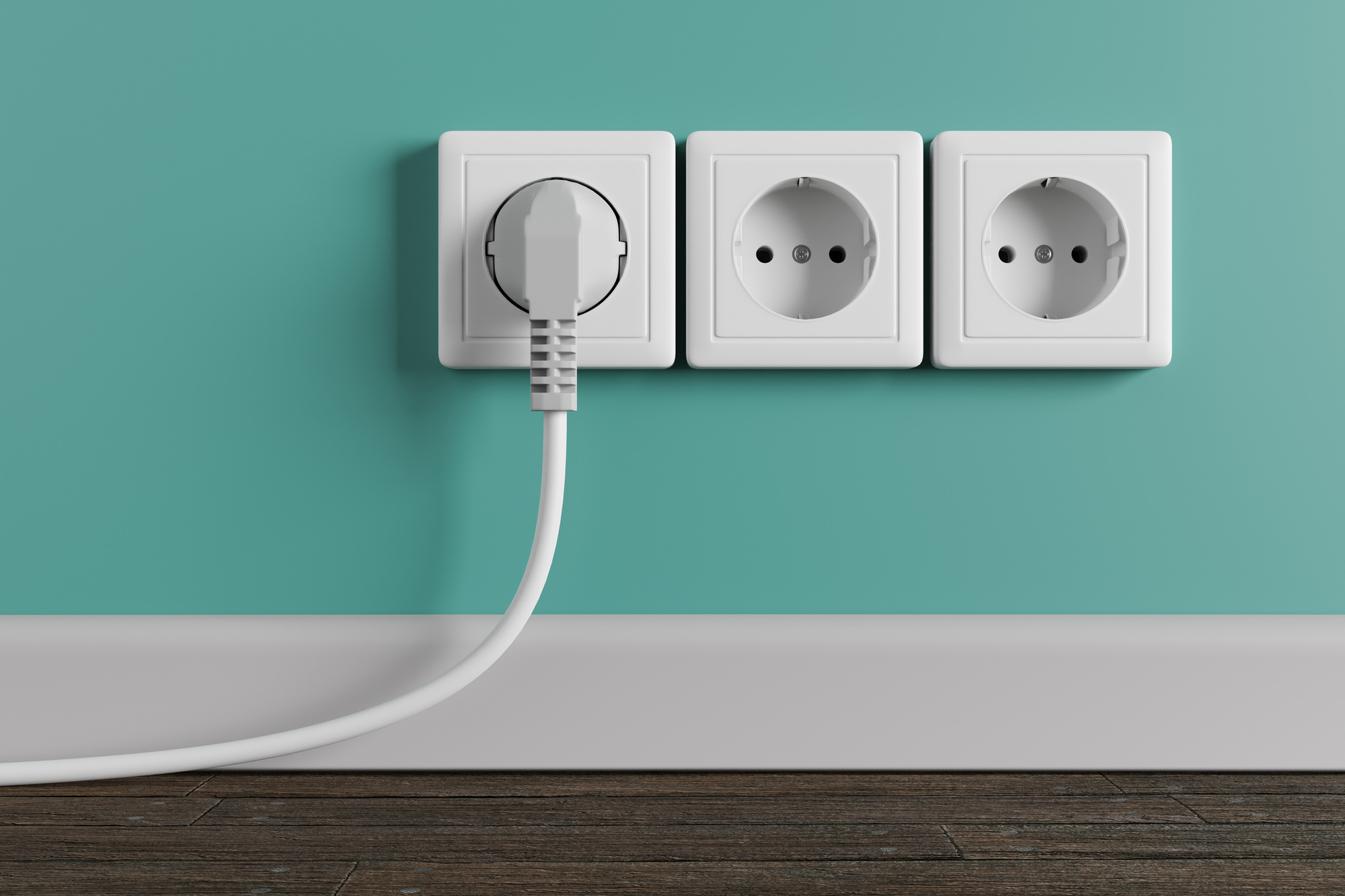
Remember, the type of powerpoint you need depends on your specific needs, the device you plan to plug in, and the outlet’s location. Always consult a qualified electrician if you’re unsure about which one to use.
3. Choose The Location
Choosing the right location for powerpoint installation in your home is crucial and involves thoughtful consideration of convenience, safety, and specific usage needs.
Powerpoints should be installed in locations that align with your daily usage of appliances and devices. Think about having powerpoints near your bed for charging devices, in the kitchen for various appliances, or in the living room for your entertainment systems.
Powerpoints may need to be strategically located near desks or entertainment centers for specific needs like home offices or home theatre setups.
Safety is paramount when deciding on PowerPoint placement. Install powerpoints at a safe distance from water sources like sinks or showers and ensure cables won’t pose a trip hazard.
Finally, it’s important to consider local building codes and regulations, as they may dictate specific requirements for powerpoint location. When in doubt, consult a professional electrician for guidance.
4. Electrical Circuit Considerations
Before you install powerpoints, assess the electrical circuit capacity of your home to ensure it can accommodate the additional powerpoints.
Each electrical circuit in your home has a specific capacity, which is determined by the size of the wires, the circuit breaker, and other factors. When you add new powerpoints, you are increasing the electrical load, which can potentially overload the circuit and create a safety hazard.
If you’re unsure about the load capacity of your home’s electrical system or need to upgrade the system to accommodate the additional load, it’s best to consult a licensed electrician. They can assess your home’s electrical system and recommend any necessary upgrades or modifications to ensure your new powerpoints install safely and effectively.
5. Aesthetic Placement
Aesthetic powerpoint placement is all about integrating electrical outlets seamlessly into your home’s decor. One approach is to match powerpoint covers with the color of your walls or surfaces to help them blend in; these days, outlets and covers are available in a multitude of colors and finishes that can complement the interior design.
For a less noticeable setup, consider placing powerpoints in inconspicuous locations, such as behind furniture, under cabinets, or inside closets. Additionally, some powerpoints are designed to integrate into architectural elements, like pop-up outlets that retract into countertops when not in use, contributing to a clean and uncluttered aesthetic.
Another facet of aesthetic placement involves consistent alignment and spacing of powerpoints for a sense of order and harmony.
Despite the focus on aesthetics, remember that safety and functionality should remain primary considerations in powerpoint placement. Always consult a professional if you’re unsure about the best approach for your home.
More Power To You
Enhancing your home with additional powerpoints can boost functionality and convenience. Key to a successful installation involves safety, adherence to specified processes, and consideration of your specific needs.
Whether undertaken as a DIY project or by hiring professionals, it’s crucial to follow these guidelines for safe and efficient powerpoint installation. This can significantly contribute to a well-connected and functional living environment.

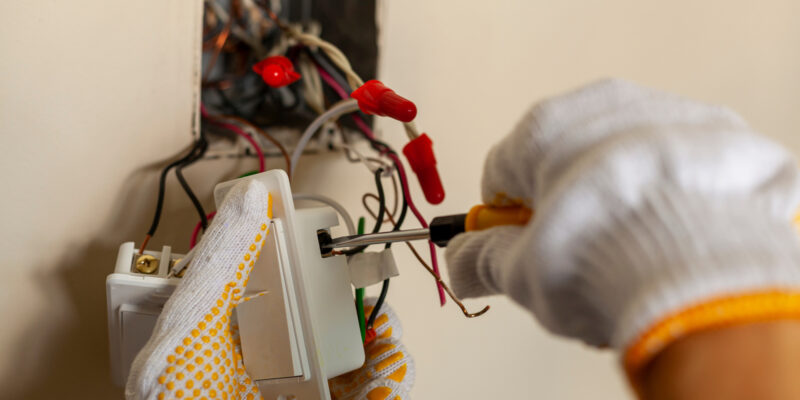
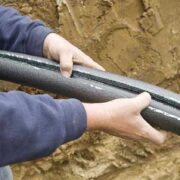
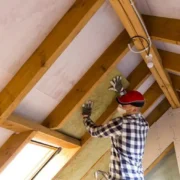


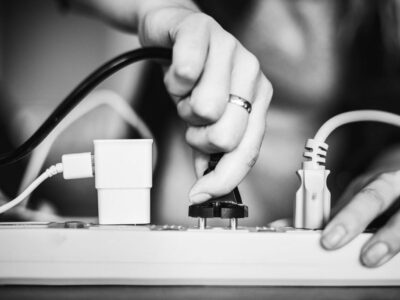


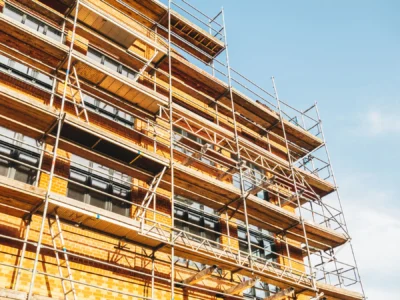
Comments